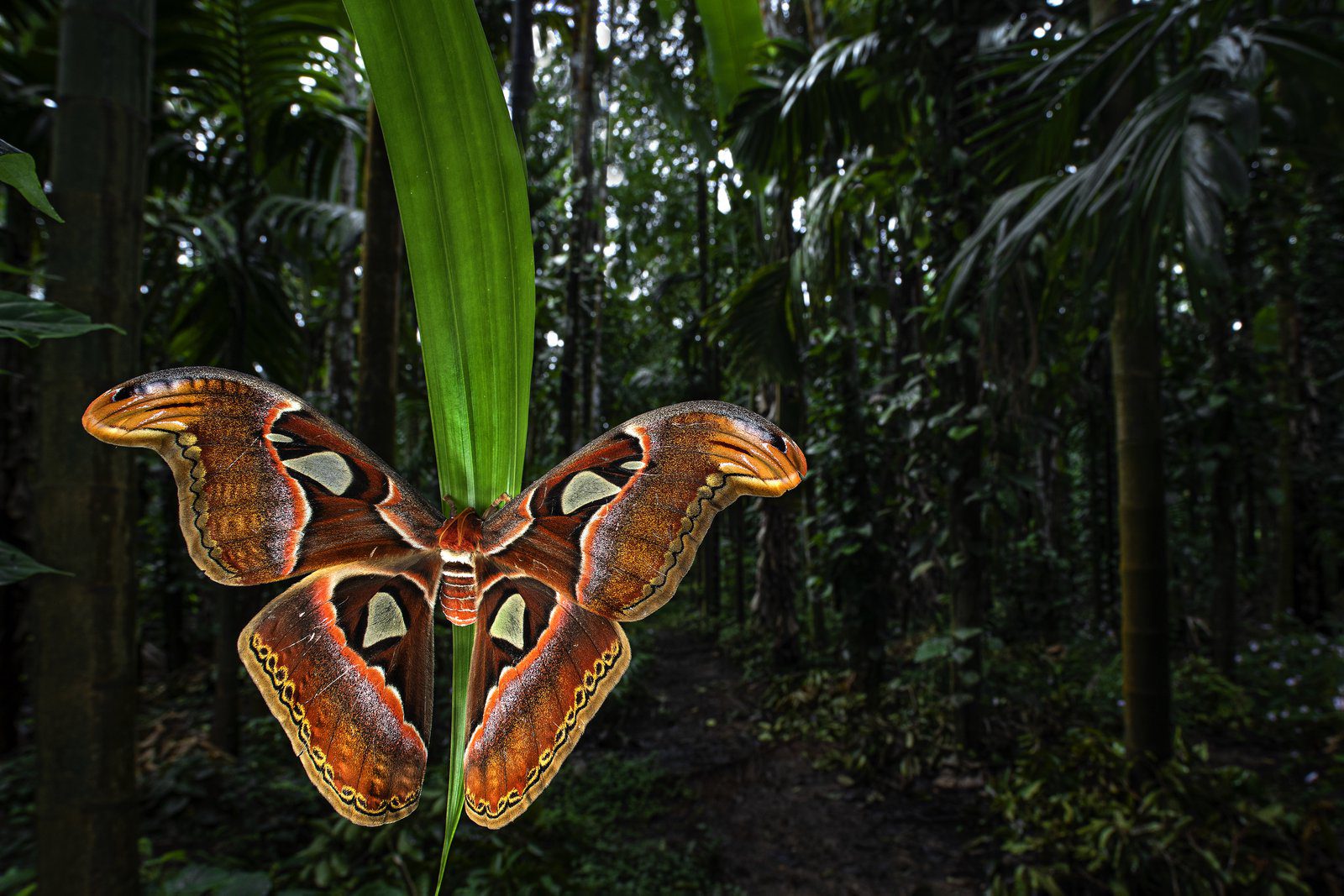Beauty and the Beast has been retold in various forms of media, and insects like butterflies and moths have fascinated people for centuries due to their unique physical characteristics. Although butterflies and moths look similar, butterflies are usually more vibrant in color, delicate in their appearance, and active during the day, whereas moths are often drab in color, furry in appearance, and active at night. The article emphasizes the importance of looking beyond outward appearances and recognizing the value of all living beings, just like how the Beast in Beauty and the Beast was transformed by love and selflessness.
Beauty and the Beast: Butterfly vs. Moth
Introduction
Beauty and the Beast is a timeless tale that has been retold many times in various forms of media. Insects, such as butterflies and moths, have also fascinated people for centuries due to their unique physical characteristics. In this article, we will explore the similarities and differences between butterflies and moths and how they relate to the themes of Beauty and the Beast.
Physical Appearance
Butterflies and moths are both part of the Lepidoptera order and share many similarities in their physical appearance. Both have wings covered in scales, six legs, and an elongated proboscis used for feeding. However, there are distinct differences between the two.
Butterflies are usually more vibrant in color and have a more delicate appearance. They have slender bodies, and when their wings are folded, they form a V-shape. Moths, on the other hand, are usually drab in color and have a furry appearance. Their bodies are thicker, and when their wings are folded, they are parallel to their bodies.
Symbolism
Butterflies and moths have been significant symbols in various cultures throughout history. Butterflies are often associated with transformation, growth, and new beginnings. They are seen as a representation of the soul, and their wings are believed to be a gateway to the spiritual realm.
Moths represent various meanings in different cultures. In many societies, they are associated with death and darkness, while in others, they are a symbol of knowledge and intuition. Moths are also seen as creatures of the night, representing vulnerability and the unknown.
Behavior
Butterflies and moths also have distinct differences in their behavior. Butterflies are typically diurnal, meaning they are active during the day. They are known for their fluttering flight patterns and are often seen hovering over flowers in search of nectar. Butterflies are also known for their migration patterns, with some species traveling thousands of miles each year.
Moths, on the other hand, are mostly nocturnal, meaning they are active at night. They have a slower, erratic flight pattern and are often drawn to artificial light sources. Moths also play a critical role in pollination, with some species acting as primary pollinators for specific plants.
The Beauty and the Beast Connection
In Beauty and the Beast, the outward appearance of the Beast is grotesque and terrifying, but it is his kindness and generosity that ultimately lead to his transformation. This theme is also present in the differences between butterflies and moths. While butterflies may seem more beautiful and delicate, moths play an essential role in the ecosystem and should not be overlooked.
Furthermore, the symbolism of butterflies representing transformation ties into the Beast’s transformation in the story. Like the butterfly, the Beast is transformed into something beautiful through the power of love and selflessness.
Conclusion
In conclusion, butterflies and moths share many similarities but also have distinct differences that make them unique creatures. The symbolism of these insects has played an essential role in various cultures, and their behaviors in the ecosystem must not be overlooked. The themes of Beauty and the Beast can also be applied to the differences between these insects, emphasizing the importance of looking beyond outward appearance and recognizing the value of all living beings.
